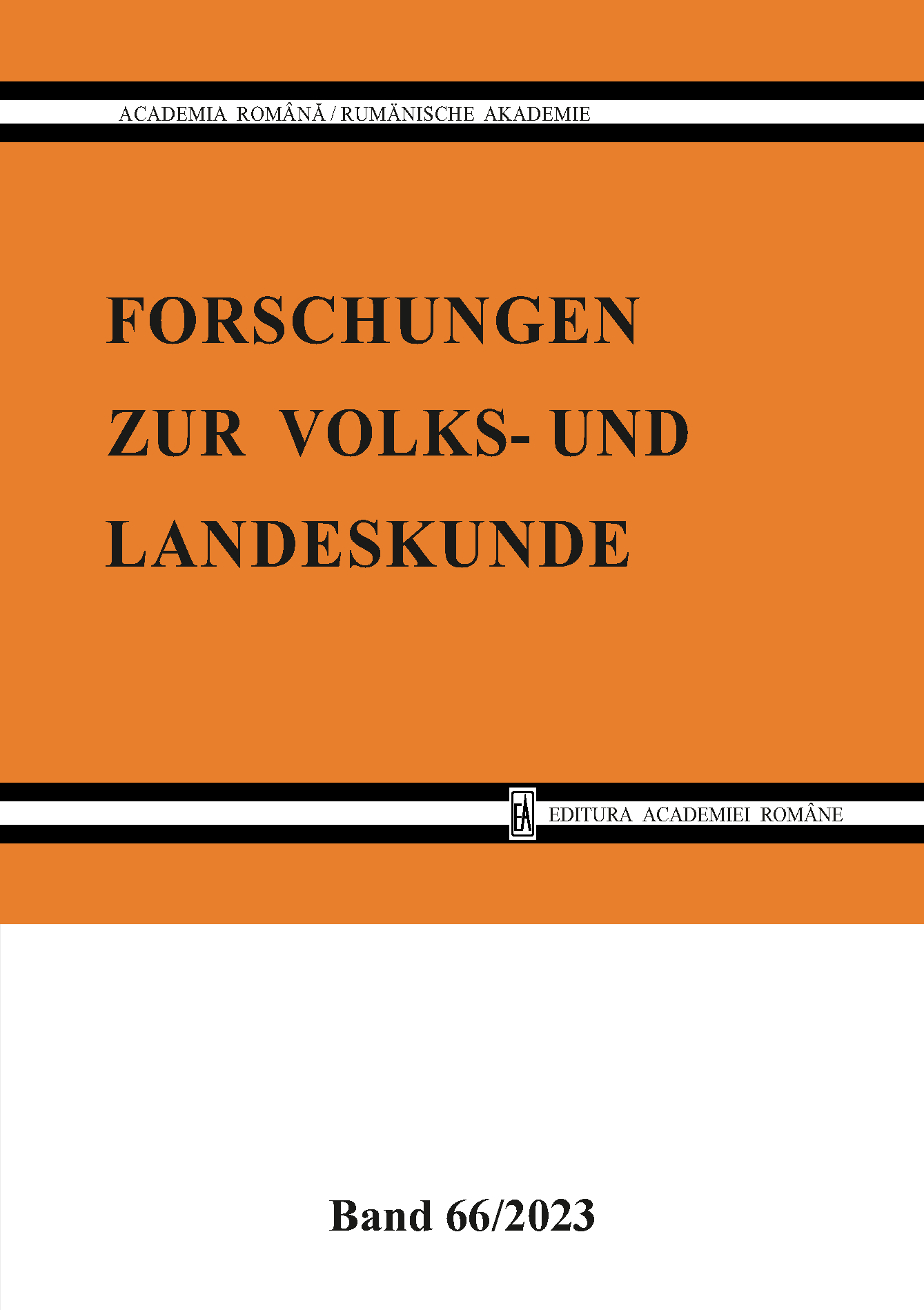DIE WIEDERENTDECKUNG DREIER MÖRSERKANONEN (BOMBARDEN) AUS DER WAFFENKAMMER DER STADT HERMANNSTADT (16. JH.)
Rediscovery of Three Mortar Cannons (Bombards) from the Medieval Arsenal of the City of Sibiu (16th century)
Author(s): Răzvan MalancaSubject(s): Military history, 16th Century
Published by: Editura Academiei Române
Keywords: Bombard; cannon; mortar; Transylvania; Sibiu; Conrad Haas; Albert Huet; Papiu Ilarian;
Summary/Abstract: The invention of gunpowder in the 9th century can be seen like mankind being gifted fire for a second time. In the centuries to follow it had many practical applications, but the first ballistic usage of gunpowder is mentioned in the 13th century. Shortly after, in the 14th century, the first cannons were created. These empiric versions of artillery objects were bulky and cumbersome metal cannons called bombards. They were cast out of copper alloy such as bronze, or they were made out of iron. The focus of this paper lies on the latter and for that reason a short understanding of metallurgy was necessary. Period documents show that, in the Transylvanian city of Sibiu, there were active workshops for casting cannons since the late 14th century. Geopolitical turmoil in the 15th century forces Transylvanian cities to amass a great deal of fire weapons and arms. Further inquiry showed that in Sibiu, in the 16th century, amongst the weapons being made and kept in the city's arsenal were three mortar canons. Since a great number of the original arsenal is still in existence in the history museum of Sibiu but the collection lacks artillery pieces such as cannons, bombards or mortars, such weapons were considered to be lost throughout history. This paper aims to remediate these by giving back to the city's community its three cast iron mortar cannons.
Journal: Forschungen zur Volks- und Landeskunde
- Issue Year: 2023
- Issue No: 66
- Page Range: 55-66
- Page Count: 12
- Language: German
- Content File-PDF

